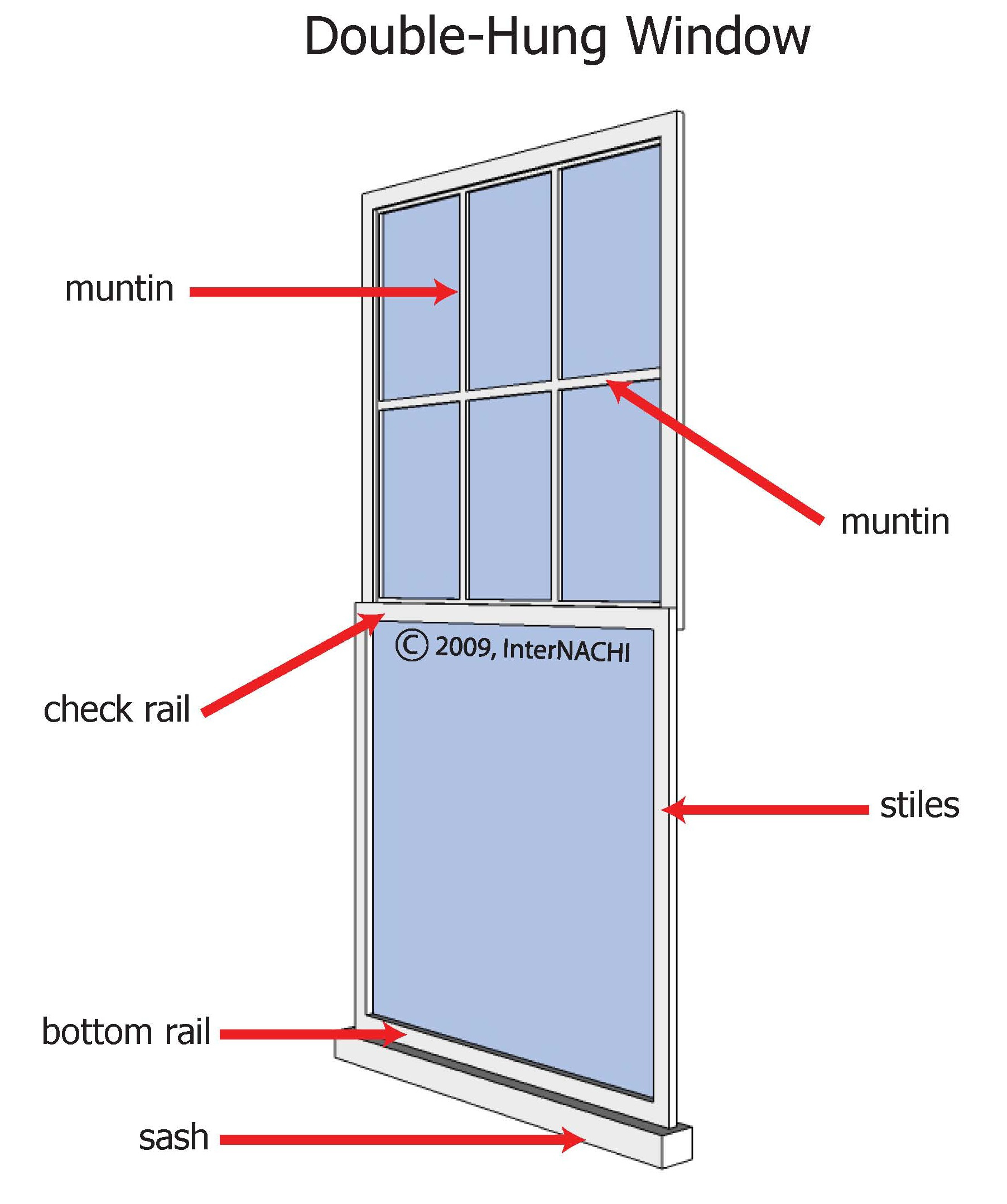
Historic Windows in Jacksonville, FL
In our historic homes in Florida, we often see historic windows, specifically counter weighted double hung windows. These beautifully crafted windows were a testament to architectural craftsmanship and a staple of historic design. Maintenance and care of these beautiful historic windows are different than our modern day windows.
History of counter weighted double-hung windows
Homes built before 1940 didn’t have air conditioning and homes build before 1920 often didn’t have electricity, therefore windows were placed strategically to let in light and air. Shutters were also often installed which helped regulate the temperature.
Understanding the mechanism
Double-hung windows, operate on a simple yet inventive principle: counterweights. Each sash (the part of the window that moves) is connected to a heavy counterweight by a sash cord or chain running over a pulley. These counterweights, usually made of cast iron, are often concealed within the window frame’s hollow pockets.
The magnificence of this design is its balance. By adjusting the weight of the counterbalance and ensuring smooth channels for the sash to slide, windows can be effortlessly opened and held in place at various heights. This allows for optimal ventilation while maintaining the window’s position without the need for external hardware or locking mechanisms.


Common Issues With Historic Windows
However, like any historic feature, counter-weighted double-hung windows have their vulnerabilities:
- Wear and Tear: Over time, the sash cords or chains can wear out or break. When this happens, the window may become difficult to open, or worse, the sash might drop suddenly if not supported.
- Counterweight Issues: The cast-iron counterweights, while durable, can rust or become detached from their cords. A disconnected or rusty counterweight can lead to imbalances, causing the window to slam shut unexpectedly.
- Paint Build-up: Generations of paint can gum up the tracks and channels, hindering smooth operation. This not only affects the window’s functionality but can also lead to accelerated wear on the cords or chains as they rub against the paint. Also sometimes previous owners have painted the windows shut.
- Decay and Rot: The wooden components of the window, especially in older homes, are susceptible to rot and decay, particularly if they’ve been exposed to moisture over the years. This compromises the structural integrity of the window and can lead to more significant issues if not addressed.
- Insulation and Energy Efficiency: Historic windows, while charming, are often less efficient than their modern counterparts. Gaps between the sashes, single-pane glass, and worn-out weather-stripping can result in drafts and decreased energy efficiency, leading to higher heating and cooling costs.
How To Make Historic Windows Energy Efficient
As our climate seems to be getting hotter and hotter we are naturally looking to enhance our home’s energy efficiency. Windows are often a place where we lose our energy, which can be especially true with historic homes. But how do we increase the energy efficiency without compromising the historic nature?
- Calk can be used to fill in cracks, however make sure to choose a color that matches so it does not detract to the historic aesthetic.
- Supplement with storm windows over the existing windows. Storm windows can be added either inside or outside of the house over the historic windows, however you will need to check with your city for any regulations or approvals needed before adding outside.
- Add adhesive foam weather seal in areas that have gaps. If you have a lot of windows with air gaps I recommend buying multiple thicknesses.
Final Thoughts
While the counter-weighted double-hung windows of historic homes are undeniably charming and evoke a sense of nostalgia, they require diligent care and maintenance. As a home inspector, it’s crucial to assess these windows not just for their aesthetic appeal but also for their functionality, safety, and energy efficiency. By understanding their unique mechanisms and potential issues, inspectors can provide valuable insights to homeowners and ensure these architectural treasures stand the test of time.

